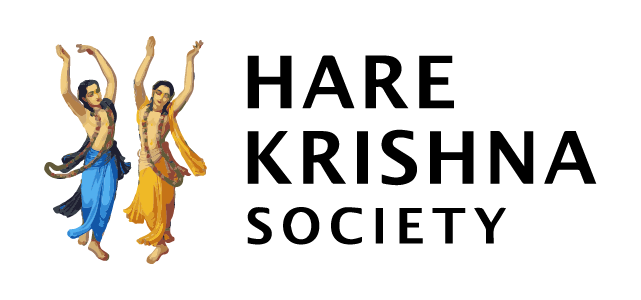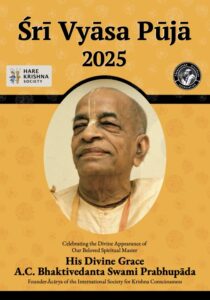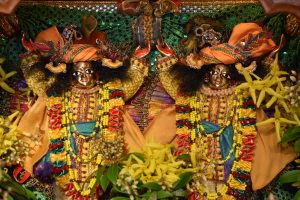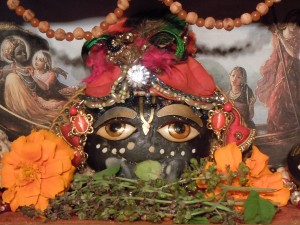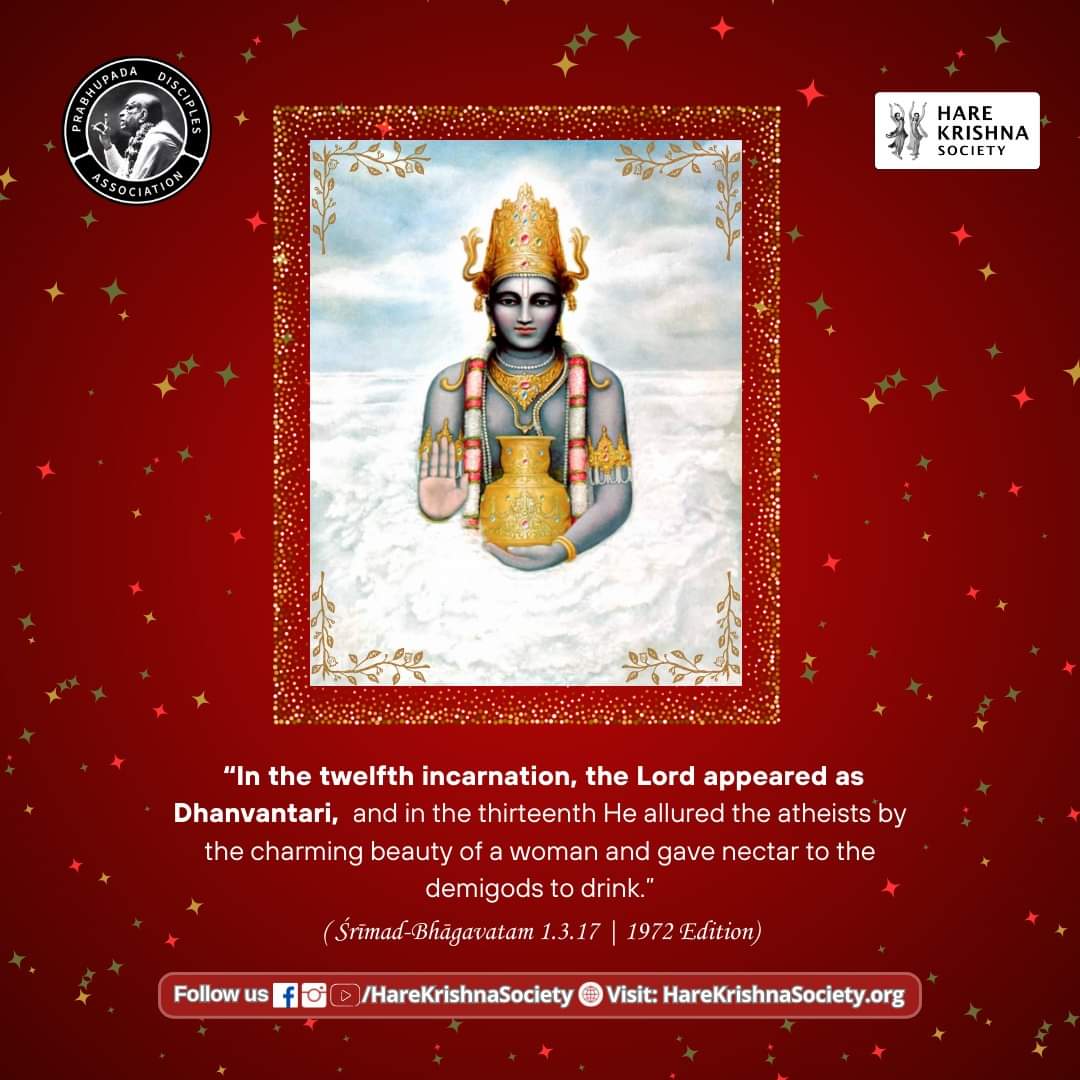
[Note: All the below quotes are from the original first edition books of Śrīla Prabhupada]
“The Lord in His incarnation of Dhanvantari very quickly cures the diseases of the ever-diseased living entities simply by his fame personified, and due to Him only the demigods achieve long duration of life. Thus the Personality of Godhead becomes ever glorified. He also exacted a share from the sacrifices, and it is He only who inaugurated the medical science or the knowledge of medicine in the universe.”
(Śrīmad-Bhāgavatam 2.7.21)
“As stated in the beginning of the Śrīmad-Bhāgavatam, everything emanates from the ultimate source of the Personality of Godhead; it is therefore understood in this verse that medical science or knowledge in medicine was also inaugurated by the Personality of Godhead in His incarnation Dhanvantari, and thus the knowledge is recorded in the Vedas. The Vedas are the source of all knowledge, and thus knowledge in medical science is also there for the perfect cure of the diseases of the living entity. The embodied living entity is diseased by the very construction of his body. The body is the symbol of diseases. The disease may differ from one variety to another, but disease must be there just as there is birth and death for everyone. So, by the grace of the Personality of Godhead, not only are diseases of the body and mind cured, but also the soul is relieved of the constant repetition of birth and death. The name of the Lord is also called bhavauṣadhi, or the source of curing the disease of material existence.”
(Śrīmad-Bhāgavatam 2.7.21, purport)
“May the Supreme Personality of Godhead in His incarnation as Dhanvantari relieve me from undesirable eatables and protect me from physical illness.”
(Śrīmad-Bhāgavatam 6.8.18)
“To live within this material world, one must face many dangers, as described herein. For example, undesirable food poses a danger to health, and therefore one must give up such food. The Dhanvantari incarnation can protect us in this regard”
(Śrīmad-Bhāgavatam 6.8.18, purport)
“This chapter describes how the goddess of fortune appeared during the churning of the ocean of milk and how she accepted Lord Viṣṇu as her husband. As described later in the chapter, when Dhanvantari appeared with a pot of nectar the demons immediately snatched it from him, but Lord Viṣṇu appeared as the incarnation Mohinī, the most beautiful woman in the world, just to captivate the demons and save the nectar for the demigods.”
(Śrīmad-Bhāgavatam 8.8, summary)
“This time a partial incarnation of Lord Viṣṇu called Dhanvantari appeared. He was very beautiful, and he carried a jug containing nectar. The demons immediately snatched the jug from Dhanvantari’s hand and began to run away, and the demigods, being very morose, took shelter of Viṣṇu.”
(Śrīmad-Bhāgavatam 8.8, summary)
O King, thereafter, while the sons of Kaśyapa, both demons and demigods, were engaged in churning the ocean of milk, a very wonderful male person appeared.
(Śrīmad-Bhāgavatam 8.8.31)
He was strongly built; his arms were long, stout and strong; his neck, which was marked with three lines, resembled a conchshell; his eyes were reddish; and his complexion was blackish. He was very young, he was garlanded with flowers, and his entire body was fully decorated with various ornaments.
(Śrīmad-Bhāgavatam 8.8.32)
He was dressed in yellow garments and wore brightly polished earrings made of pearls. The tips of his hair were anointed with oil, and his chest was very broad. His body had all good features, he was stout and strong like a lion, and he was decorated with bangles. In his hand he carried a jug filled to the top with nectar.
(Śrīmad-Bhāgavatam 8.8.33)
“This person was Dhanvantari, a plenary portion of a plenary portion of Lord Viṣṇu. He was very conversant with the science of medicine, and as one of the demigods he was permitted to take a share in sacrifices.”
(Śrīmad-Bhāgavatam 8.8.34)
Śrīla Madhvācārya remarks:
teṣāṁ satyāc cālanārthaṁ
harir dhanvantarir vibhuḥ
samartho ‘py asurāṇāṁ tu
sva-hastād amucat sudhām
“Dhanvantari, who was carrying the jug containing nectar, was a plenary incarnation of the Supreme Personality of Godhead, but although he was very strong, the asuras were able to take the jug of nectar from his hands.”
(Śrīmad-Bhāgavatam 8.8.34, purport)
“Āyu, the eldest son of Purūravā, had five sons. This chapter describes the dynasties of four of them, beginning with Kṣatravṛddha.
Āyu, the son of Purūravā, had five sons- Nahuṣa, Kṣatravṛddha, Rajī, Rābha and Anenā. The son of Kṣatravṛddha was Suhotra, who had three sons, named Kāśya, Kuśa and Gṛtsamada. The son of Gṛtsamada was Śunaka, and his son was Śaunaka. The son of Kāśya was Kāśi. From Kāśi came the sons and grandsons known as Rāṣṭra, Dīrghatama and then Dhanvantari, who was the inaugurator of medical science and was a śaktyāveśa incarnation of the Supreme Personality of Godhead, Vāsudeva. The descendants of Dhanvantari were Ketumān, Bhīmaratha, Divodāsa and Dyumān, who was also known as Pratardana, Śatrujit, Vatsa, Ṛtadhvaja and Kuvalayāśva. The son of Dyumān was Alarka, who reigned over the kingdom for many, many years. Following in the dynasty of Alarka were Santati, Sunītha, Niketana, Dharmaketu, Satyaketu, Dhṛṣṭaketu, Sukumāra, Vītihotra, Bharga and Bhārgabhūmi. All of them belonged to the dynasty of Kāśi, the descendant of Kṣatravṛddha.”
(Śrīmad-Bhāgavatam 9.17, summary)
“The Lord primarily expands Himself in two categories, namely prābhava and vaibhava. The prābhava forms are fully potent like Śrī Kṛṣṇa, and the vaibhava forms are partially potent. The prābhava forms are manifested in relation with potencies, but the vaibhava forms are manifested in relation with excellences. The potent prābhava manifestations are also of two varieties: temporary and eternal. The Mohinī, Haṁsa and Śukla forms are manifested only temporarily, in terms of a particular age. Among the other prābhavas, who are not very famous according to the material estimation, are Dhanvantari, Ṛṣabha, Vyāsa, Dattātreya and Kapila. Among the vaibhava-prakāśa forms are Kūrma, Matsya, Nara-Nārāyaṇa, Varāha, Hayagrīva, Pṛśnigarbha, and Baladeva, Yajña, Vibhu, Satyasena, Hari, Vaikuṇṭha, Ajita, Vāmana, Sārvabhauma, Ṛṣabha, Viṣvaksena, Dharmasetu, Sudhāmā, Yogeśvara and Bṛhadbhānu.”
(Śrī Caitanya-caritāmṛta, Ādi-līlā 2.97, purport)
“Almost all of these twenty-five Leela Avatars appear in one day of Brahma, which is called a Kalpa, and sometimes they are called Kalpa Avataras. Out of these, the incarnation of Haṁsa Mohinī is not permanent; but Kapila, Dattatreya, Rishava, Dhanvantari and Vyas are five eternal Forms, and they are more celebrated.”
(Teachings of Lord Caitanya, Chapter 07)
May Lord Dhanvantari keep you away from diseases so that you can practice devotional service easily
